For the traveler who desires a journey through space and time, a visit to Long Island City is highly recommended. The second iteration of Aram Bartholl's DVD Dead Drop project is available at the Museum of the Moving image until October 27th. Titled INSERT DISC (produced in collaboration with Robert Sakrowski), the project presents a journey to the heyday of artist produced interactive CD-ROM's: the 90’s.
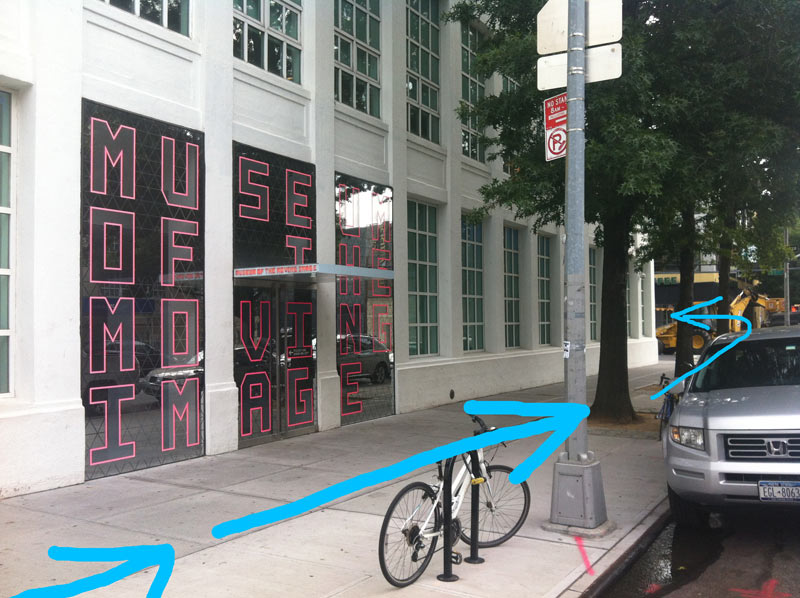


⇸ Around the corner from the main entrance of MMI, one will find a CD / DVD sized slot carved in the side of the museum. Come equipped with a blank DVD-R. Insert the disc. After roughly seven minutes, your disc will be returned – its heat sensitive dye freshly encoded with a complex package containing relics of the past.

⇸ After returning to your personal computer, mount the disc on any Mac or PC (Linux or Windows) with at least a 2.2 Ghz processor and 8 Gb of free hard drive space. The DVD contains a virtual disk image (.vdi) virtual machine compatible with Oracle’s free VirtualBox software. Following the simple setup instructions in the DVD’s README.txt, one will find themselves booting up a Ubuntu desktop.

On the desktop of the virtual machine, the artist has left instructions. Double clicking the “MacOS 7.6” icon on the desktop launches Basilisk II, emulating a Mac Quadra running Macintosh System 7.6 (1997). At this point, one is interacting with an emulation within an emulation – a virtual machine, wrapped in a virtual machine, running within one’s native operating system.
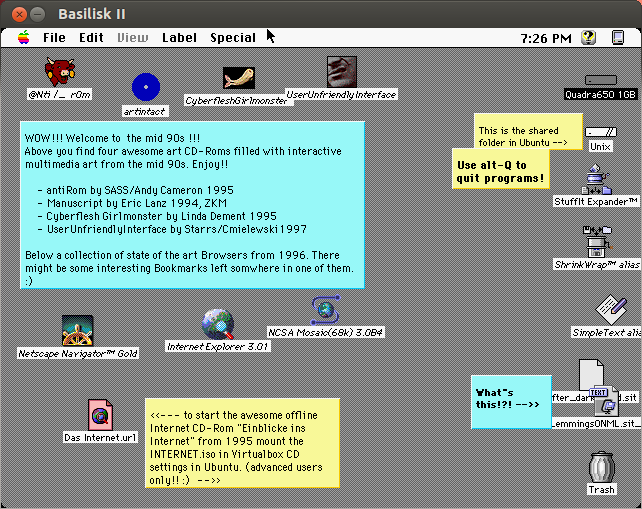
The desktop of the emulated Quadra contains a trove of digital artifacts, software, and easter eggs. The primary focus of the INSERT DISC project is the four interactive artist produced CD-ROMs, seen along the top edge of the above screenshot. These discs have been preserved, Bartholl and Sakrowski having imaged ISOs from the original discs. These CD-ROMs of course are completely incompatible with contemporary systems, hence the emulation. Included in the collection are:

Anti Rom - SASS Collective, 1995
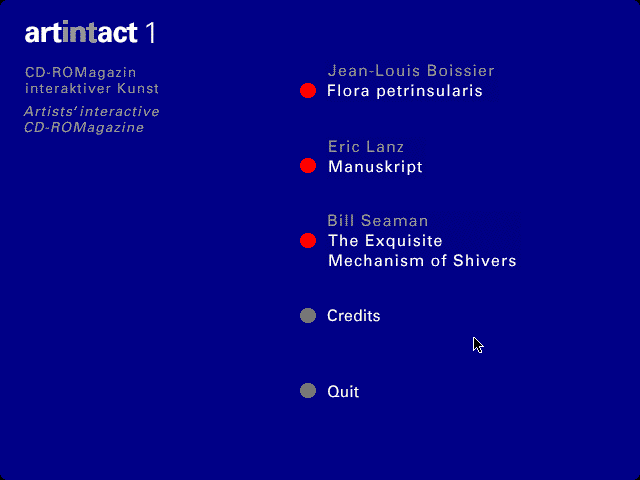
Manuskript - Eric Lanz, 1994
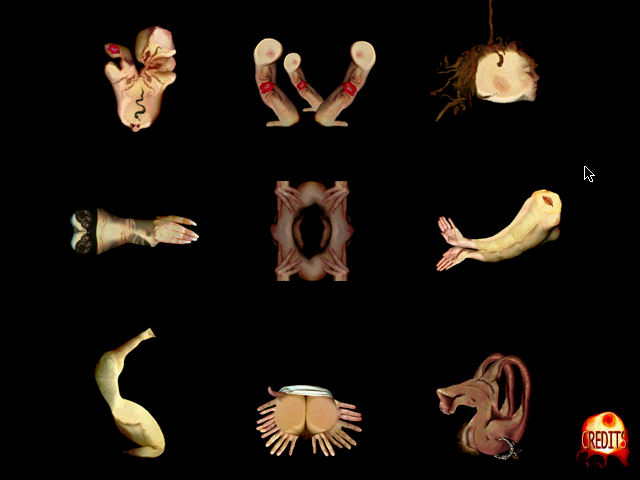
Cyberflesh Girlmonster - Linda Dement, 1995
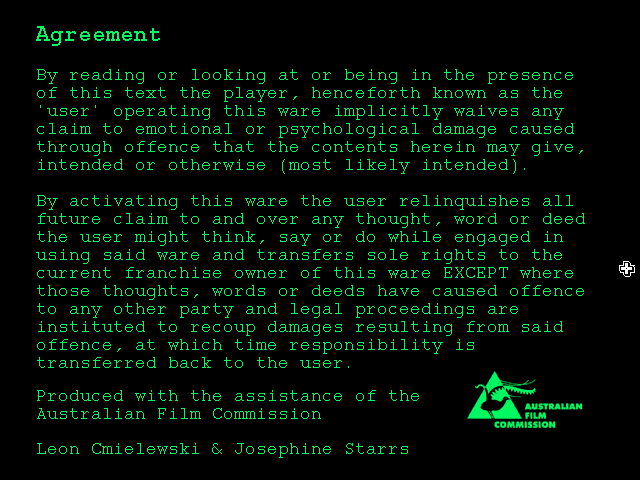
User Unfriendly Interface - Josephine Starrs & Leon Cmielewski, 1994 - 1996
Also included are Netscape Gold, Internet Explorer 3.01, and NCSA Mosaic(68k) 3.084, all web browsers of the period. Netscape includes bookmarks to the websites of various net.art stars of the 90’s.
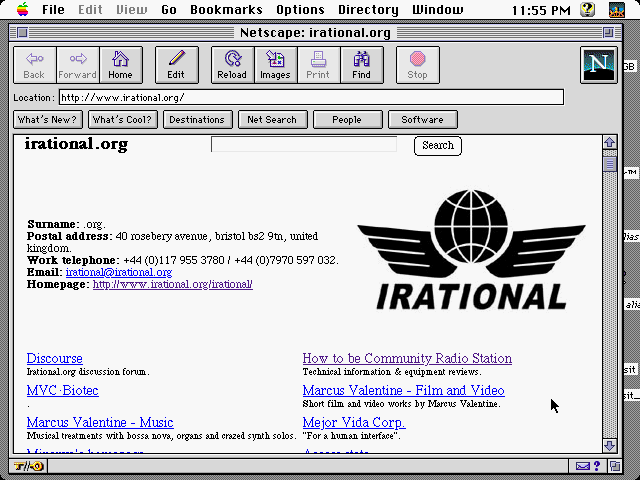
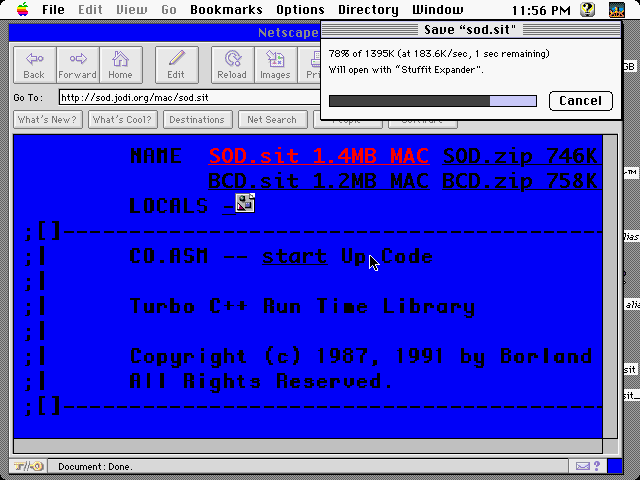
One would be wise to refrain from downloading and running the bookmarked JODI piece SOD. This classic hack of Castle Wolfenstein was created in 1999, the year that Mac OS 9 was released. Running this work in the System 7.6 emulation causes the system to freeze.

After killing the Basillisk II emulation, and rebooting the emulated Quadra, one will find that their system disk has been corrupted. One method of recovering from this is to remove and re-add the VirtualBox Ubuntu VM. In some sense this is an ultimate haunting by ghosts of net.art history. JODI's works of this period often worked with the very intent of subverting or bearing the appearance of subverting the viewer's machine. Corrupting one's system disk is perhaps a new achievement for the duo.

While emulation is hardly a new or novel approach in accessing obsolesced born-digital works of art, the specific strategy used by Bartholl and Sakrowski is quite clever. Packaging Basilisk II within a VirtualBox machine provides a highly interoperable platform, with the assurance of a uniformly rendered experience, no matter the host machine (given that it meets the minimum system requirements).
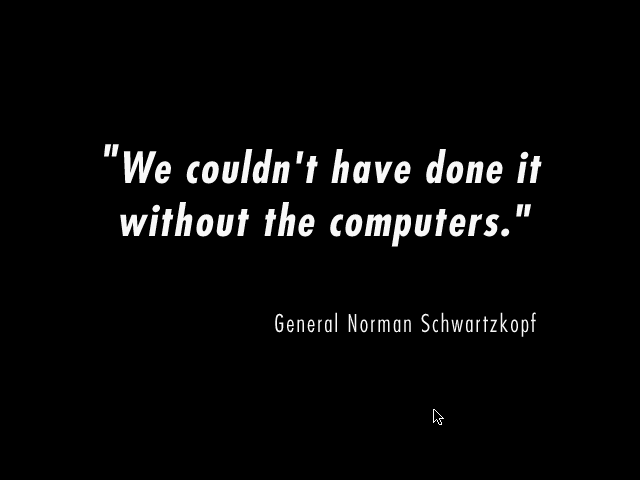
INSERT DISC is a journey to a time when the web was in its infancy. Artists sought to create media-rich, interactive environments by any means necessary. While the 80's saw collaborations between artists and CD-ROM publishers such as Voyager, it is arguable that the mid-90's saw the emergence of more productions from magazines, museums, and galleries due to the steady decline in the cost of production (the cost of a cd burner in 1995 having fell to the "unheard-of price of $995"). Bartholl and Sakrowski have done a wonderful job of providing a relatively stable time capsule, opening a window to a very particular moment in the history of creative production engaged with technology.

